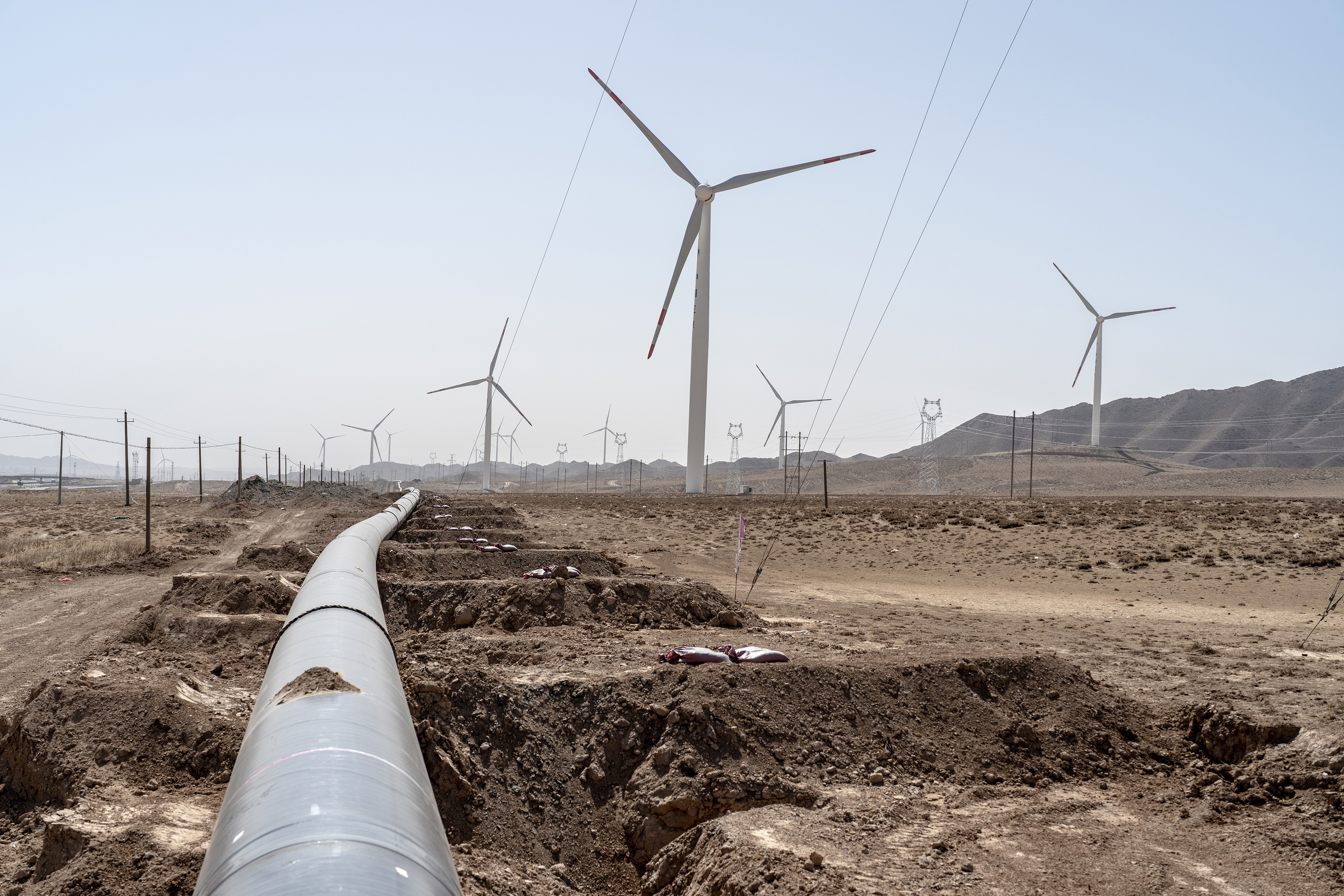China’s policies focus on direct threats, but not the forces that create them.

While China’s current policy landscape for biodiversity conservation creates robust area-based protections, relatively little attention is paid to the socioeconomic factors that drive human behavior like agriculture, logging, or infrastructure to operate in a way that threatens biodiversity.
These findings come from the first ever comprehensive national-level review of China’s conservation policy, where researchers from Greenpeace East Asia and Peking University reviewed 270 laws and regulations, tracking 3,359 references to different biodiversity threats and related conservation responses in policy, in a study that constructed an index of 67 conservation needs that from the core drivers of biodiversity changes in China and 189 different methods to respond to those needs.

The findings show extensive policy literature outlining the 14 direct threats to biodiversity identified by the researchers, such as habitat loss and degradation, wildlife harvesting, and invasive species.
There was relatively little policy attention paid, however, to eight indirect social drivers of biodiversity loss identified – including agriculture, livestock, logging, and infrastructure – and an associated lack of policy that addresses the issues of mass extinction and ecosystem destruction at its core.

Within each threat factor, both direct and indirect, the study also identified occasional biases towards certain kinds of conservation responses above others, showing a general focus on area-based protections as a key policy response mechanism. Responding to habitat fragmentation, for example, there is a strong policy focus on creating wildlife corridors, but less attention paid to the functional dynamics of reproduction within a population – including how to maintain connectivity among disparate groups within a larger population to ensure genetic diversity – and interaction between species that is key to reproduction. For example, some animal species are vectors for plant species to reproduce.
Findings have been published (in Chinese) to the public and shared directly with policymakers as China prepares to revise its National Biodiversity Conservation Strategy and Action Plan (NBSAP). These revisions will be the first series of updates after the Kunming-Montreal Global Biodiversity Framework was agreed on at COP15 in Montreal. Greenpeace East Asia’s Beijing office has called on policymakers in Beijing and elsewhere in China to capitalize on this moment to promote and mainstream biodiversity protections at home as well as abroad.



